15 Scorching Great Fire of London Facts
These 15 Great Fire of London facts are truly fascinating! Find out all about all the 1666 fire and why it was such as disaster with these fun facts!
The Great Fire of London is one of the most famous events in all of history. It destroyed hundreds of houses and changed London forever. But how much do you really know about the fire and what happened after it? It's time to find out with these 15 incredible Great Fire of London facts! Find out how the fire started, the bad omen that appeared before the fire, and why someone buried some cheese in their garden! And if you liked this, check out more historical facts here! How about these fascinating Napoleon facts? Or what about learning more about the King during the Great Fire, King Charles? Or maybe you want these Earth shattering moon landing facts?
1. It Took Place in 1666
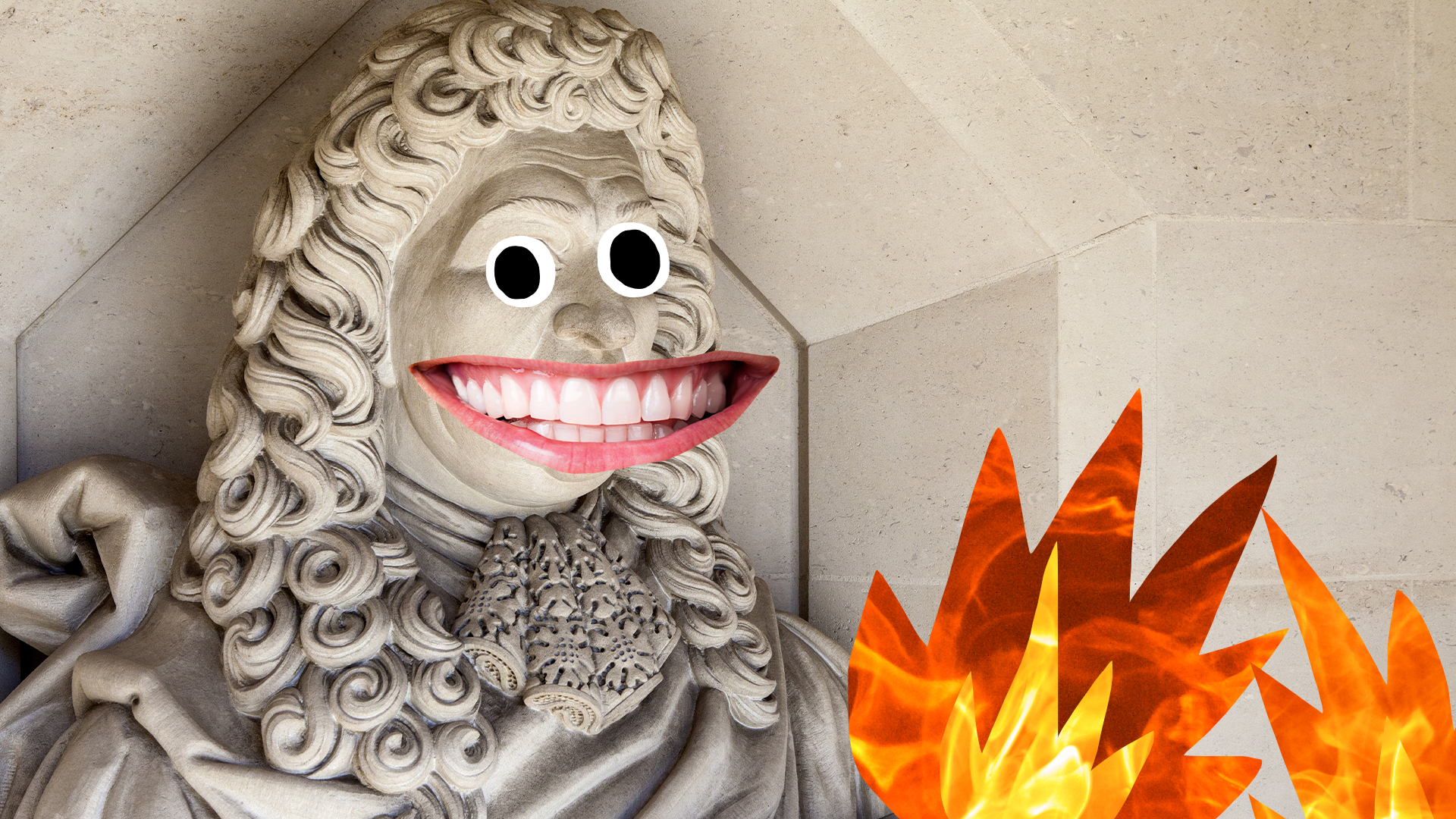
The Great Fire of London was a huge fire that raged for several days from September 2nd to September 6th, 1666. It took place in what was known as the Restoration era, the period of time in the 17th century. Oliver Cromwell and the parliamentarians had abolished the monarchy in 1649, but in 1660 Charles II was brought back to be king.
2. It Wasn't a Lucky Time for London
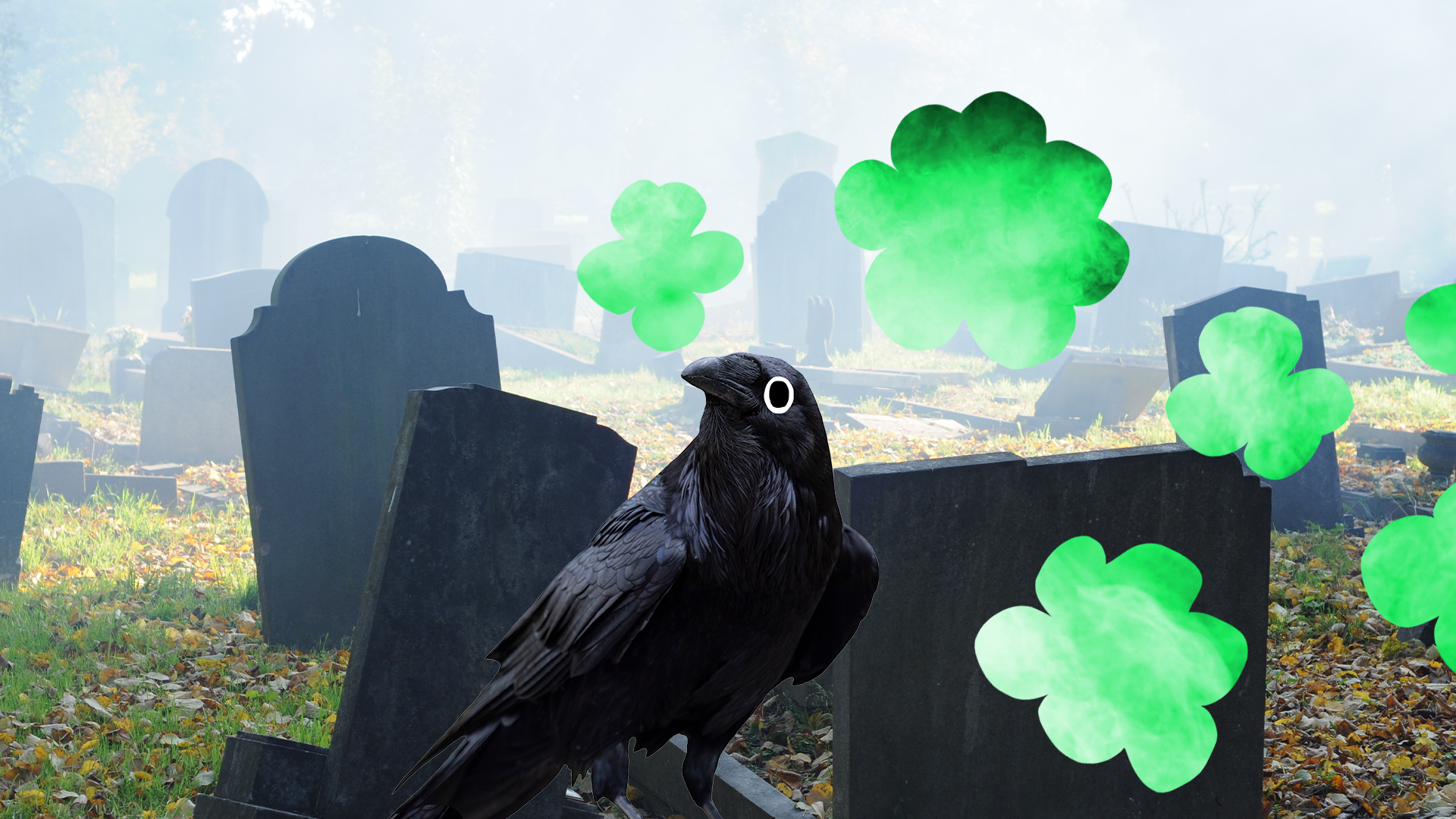
The Great Fire took place just after the Great Plague of London, in 1665. The Bubonic plague, a disease that killed people through a flu-like disease, spread across Europe and reached London in the 1660s. There was no cure for the plague, and many people fled the city in order to escape it. Others who caught the disease were boarded up in their houses so they couldn't spread it further! Roughly 100,000 people were killed by the plague, which was about one quarter of London's population.
3. In 1665 people saw a Comet They Thought Was a Bad Omen
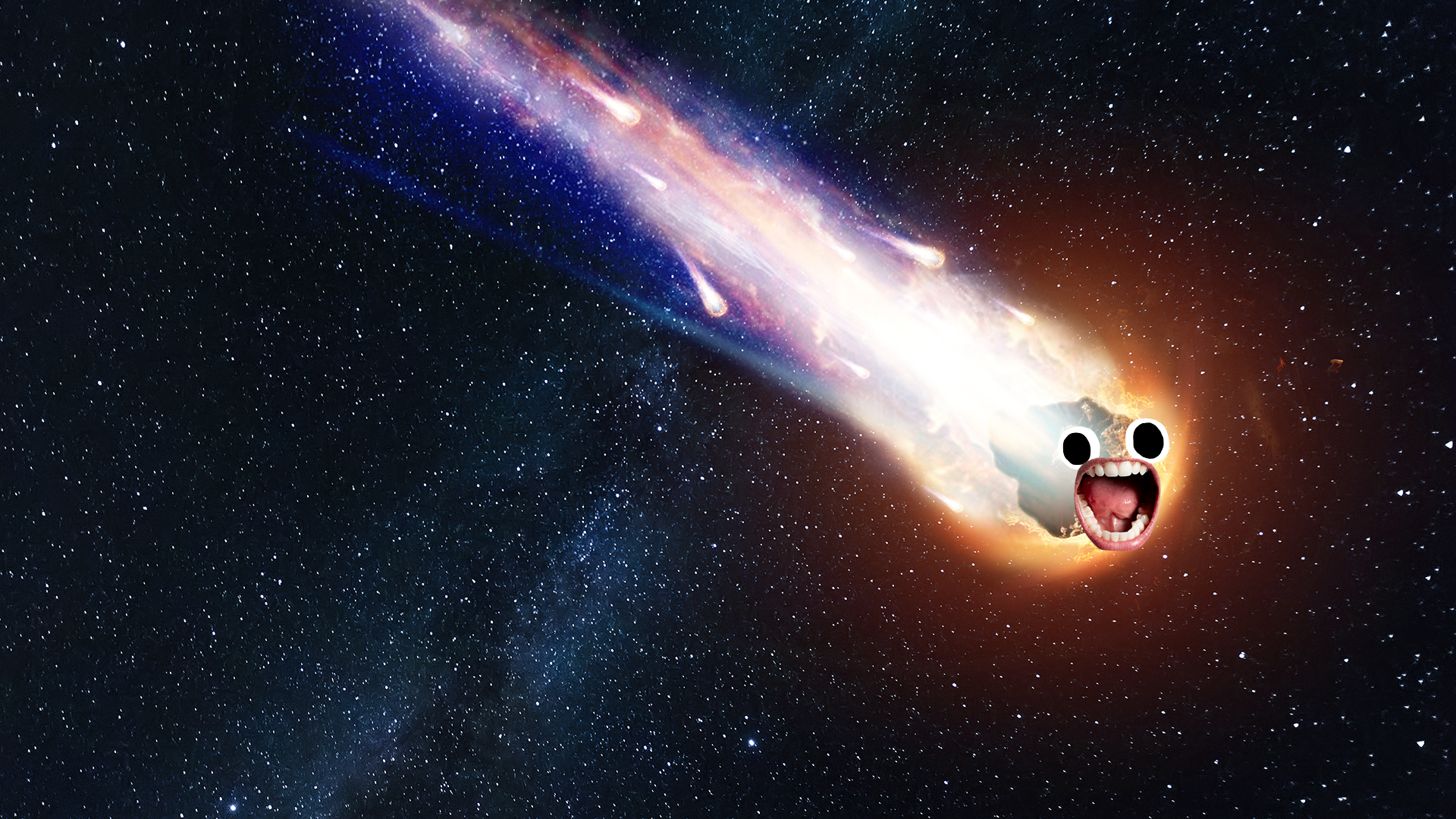
After the plague and a war with the Netherlands, the Great Fire must have seemed like the latest in a long line of disasters that meant the English were cursed. Superstitious people in those days would look for signs of bad luck, such as crops dying, animals behaving strangely or other things they couldn't explain. In 1664, a bright comet (falling space debris) was seen in the sky, and many people thought this was a bad omen of terrible things to come.
4. London in 1666 Wasn't Very Fire Safe
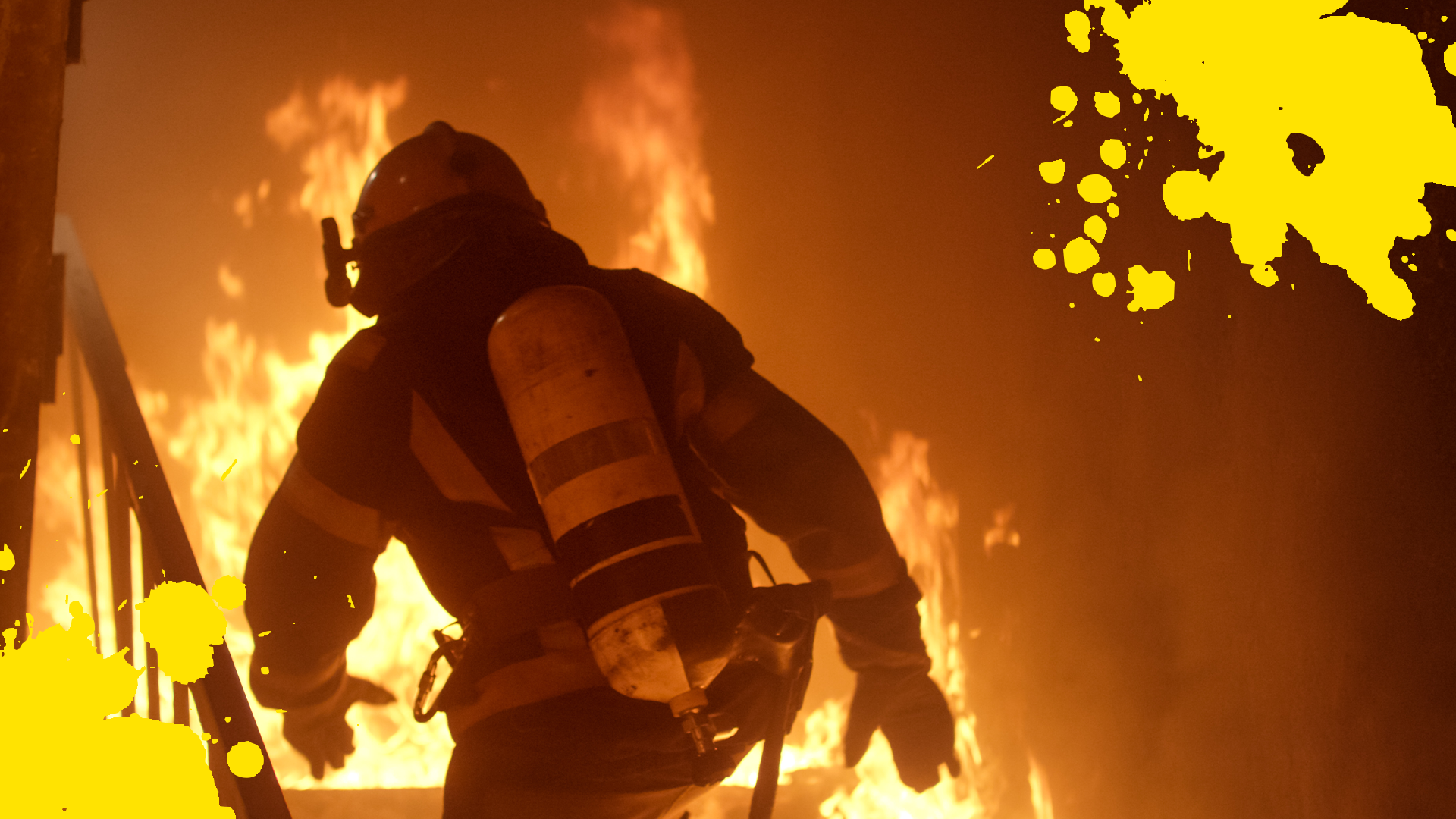
London was perfectly designed to catch fire very easily. It was mostly made up of medieval wooden houses that were packed in closely together - sometimes neighbours could reach out of their windows and shake hands! The wooden beams and layout meant that fires could spread incredibly quickly. Fires would start very often as well, in kitchens or if sparks from a fire caught clothes or bed linen. What's more, in the 17th century there was no such thing as a fire brigade, firefighters or fire engines. People had to try and put out fires as quickly as they could using water from streams and rivers.
5. The Fire Started in Pudding Lane
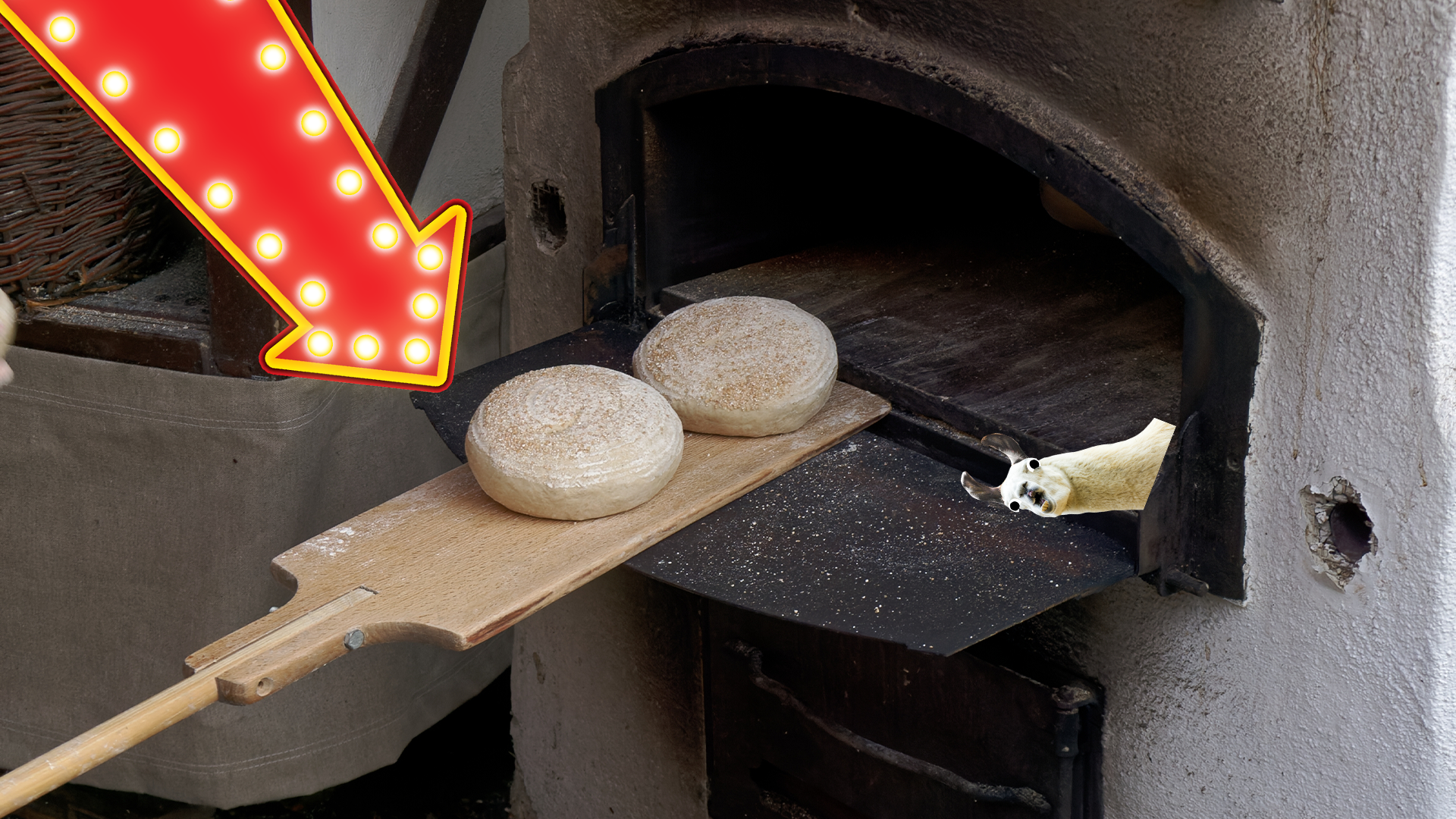
The fire is thought to have started in a bakery in Pudding Lane in the City of London, near St Paul's cathedral and the Tower of London. Pudding Lane still exists today, although it looks very different. The bakery belonged to a man called Thomas Farriner, and he was woken in the early hours of the morning by smoke coming under his bedroom door. In those days bakery ovens would be left burning all night, to keep them hot, and its possible that a spark from the oven fell into the room and set it alight. The family escaped the house by climbing out of the window and onto the roof, although their maid was too afraid to try, and became the fire's first victim.
6. It Spread Very Quickly
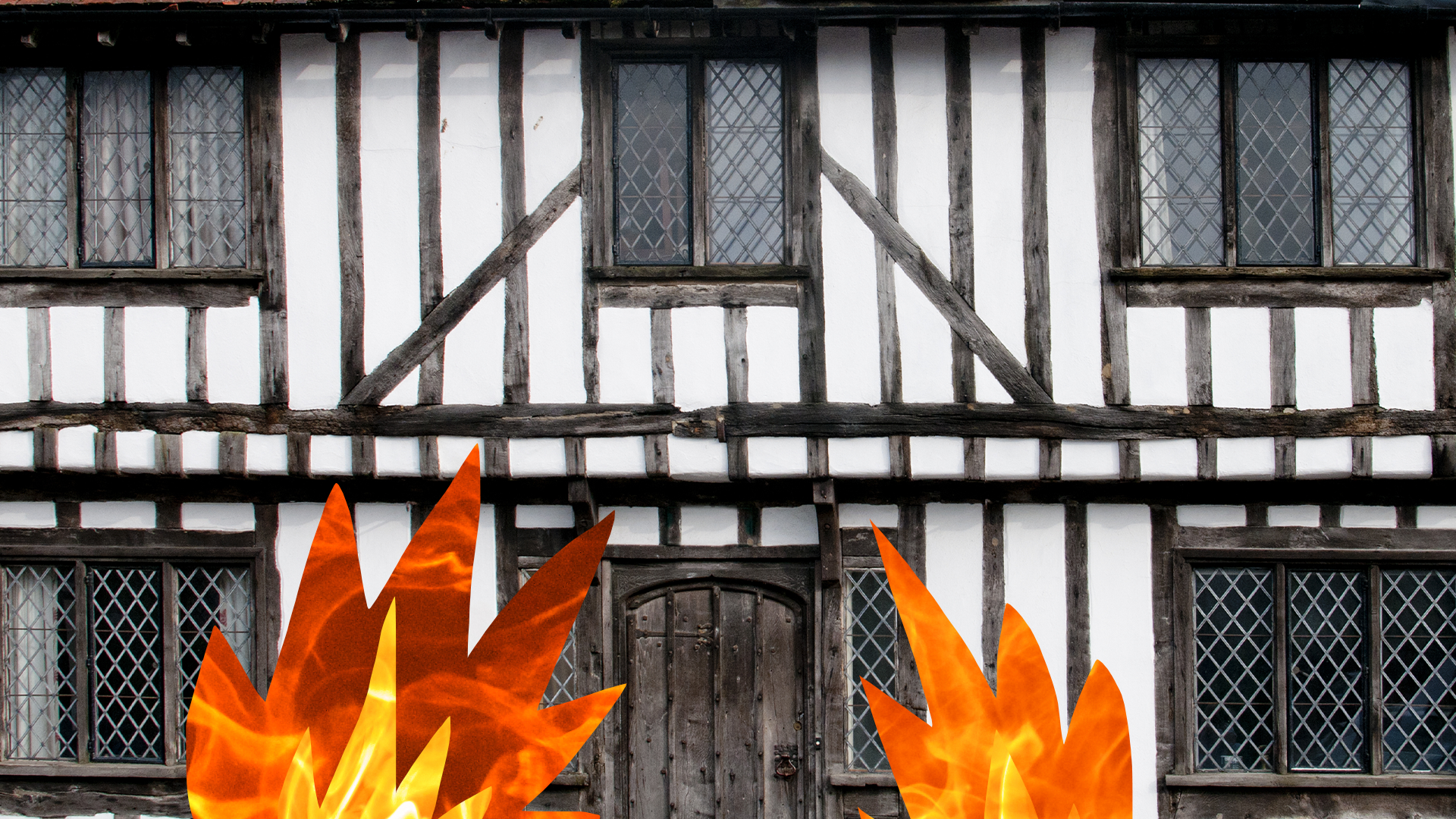
Nowadays we would have smoke detectors and mobile phones to make sure the fire was dealt with as quickly as possible, but in the 17th century there was little the family could do to stop the blaze. It spread rapidly, along the tightly packed wood and straw houses, and through the nearby streets. Soon more and more people were climbing out of windows and running through lanes to get away. The fire began to spread down to the docks at the riverside, catching more and more buildings alight.
7. People Wanted to Take Their Possessions
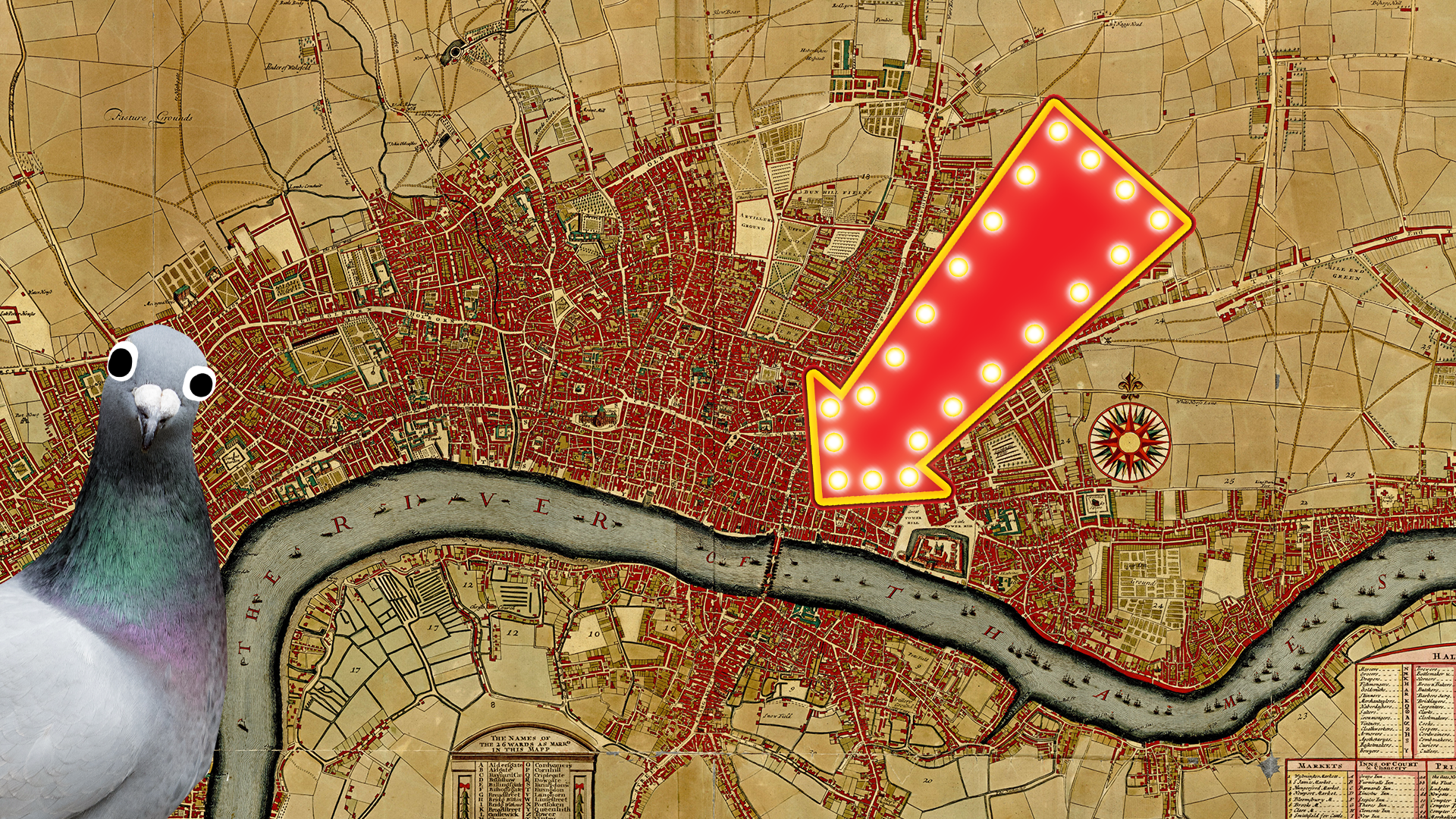
In the 17th century, poorer people had few possessions, and didn't want them destroyed by the fire, so lots of people began to pack up their belongings onto carts and try and get away with them. Some people took boats across the river too. Carrying belongings slowed everything down - if you're ever in a fire, don't stop to pick anything up, just leave!
8. The Mayor of London Tried To Stop the Fire
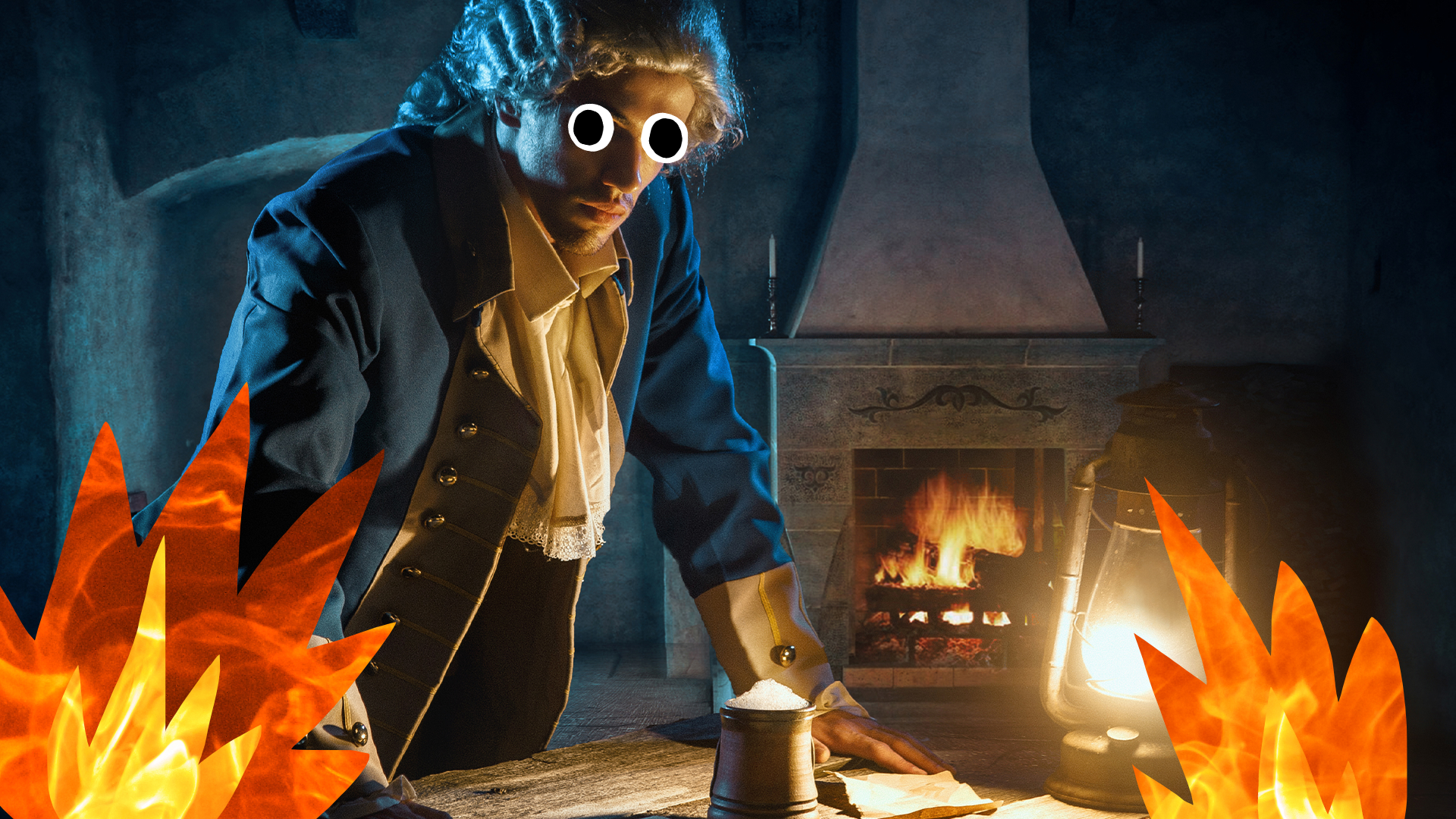
Sir Thomas Bloodworth was the Mayor of London at this time, and he was summoned to the scene once it became obvious the fire was spreading quickly. Londoners had already started trying to put out the fire using buckets of water from the river, but it wasn't enough. It was decided that the best thing to do to try and stop the fire was to pull down some of the houses, creating 'fire breaks', so the fire had no where to spread to. It wasn't until the 4th that Bloodworth and his men began blowing up the houses with gunpowder instead, which was much quicker.
9. The Fire Was Finally Over on the 6th September
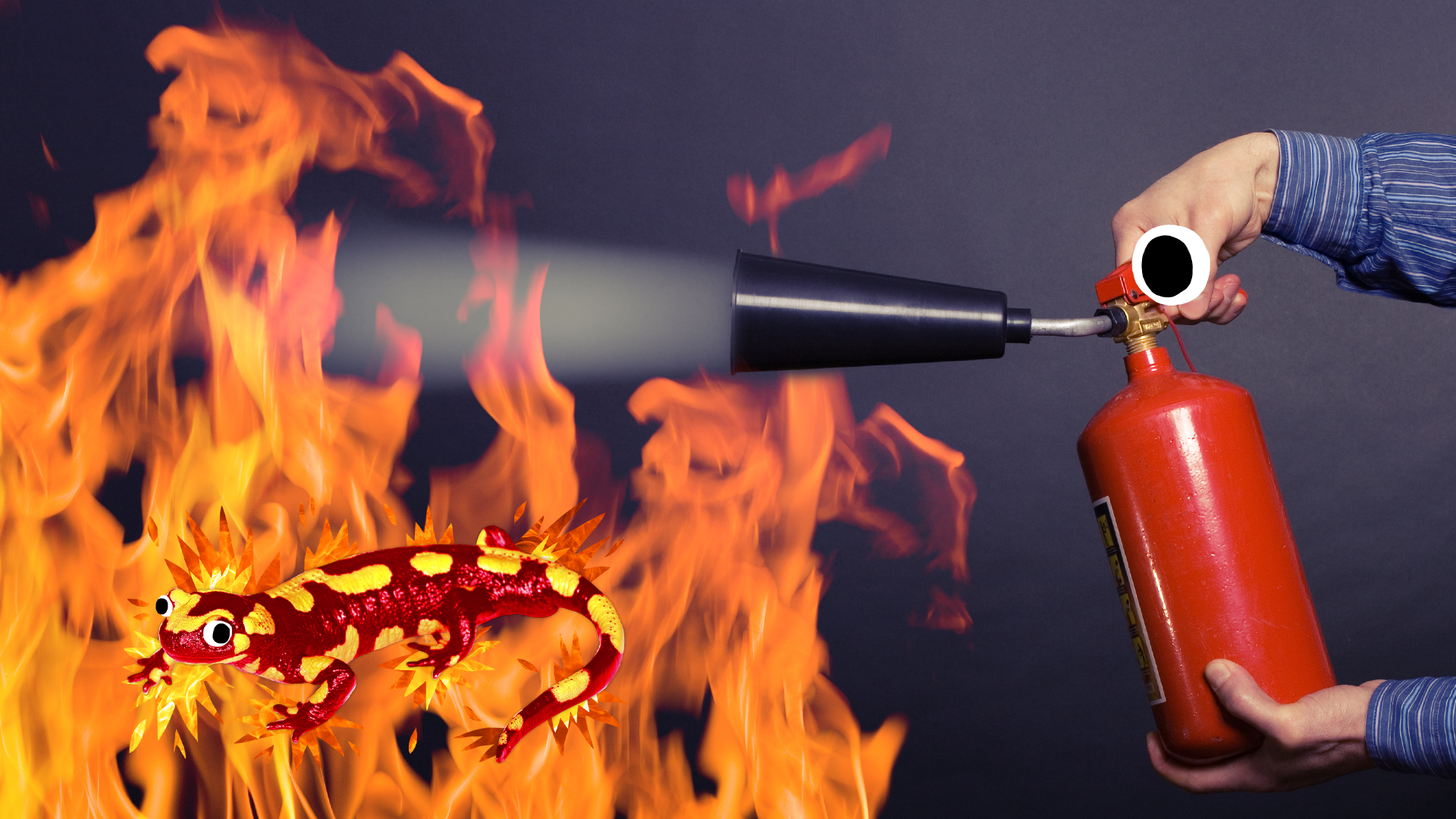
The fire raged for about four days, spreading along the embankment and destroying hundreds of acres of the city. Windy conditions meant the flames were fanned and spread more easily, and it wasn't until the wind died down that the fire was finally out, on the morning of the 6th of September. By then, over 13,000 houses had been destroyed and 6 people had died (although there may have been more). Most of London's population had been left homeless by the fire.
10. St Paul's Cathedral Was Destroyed
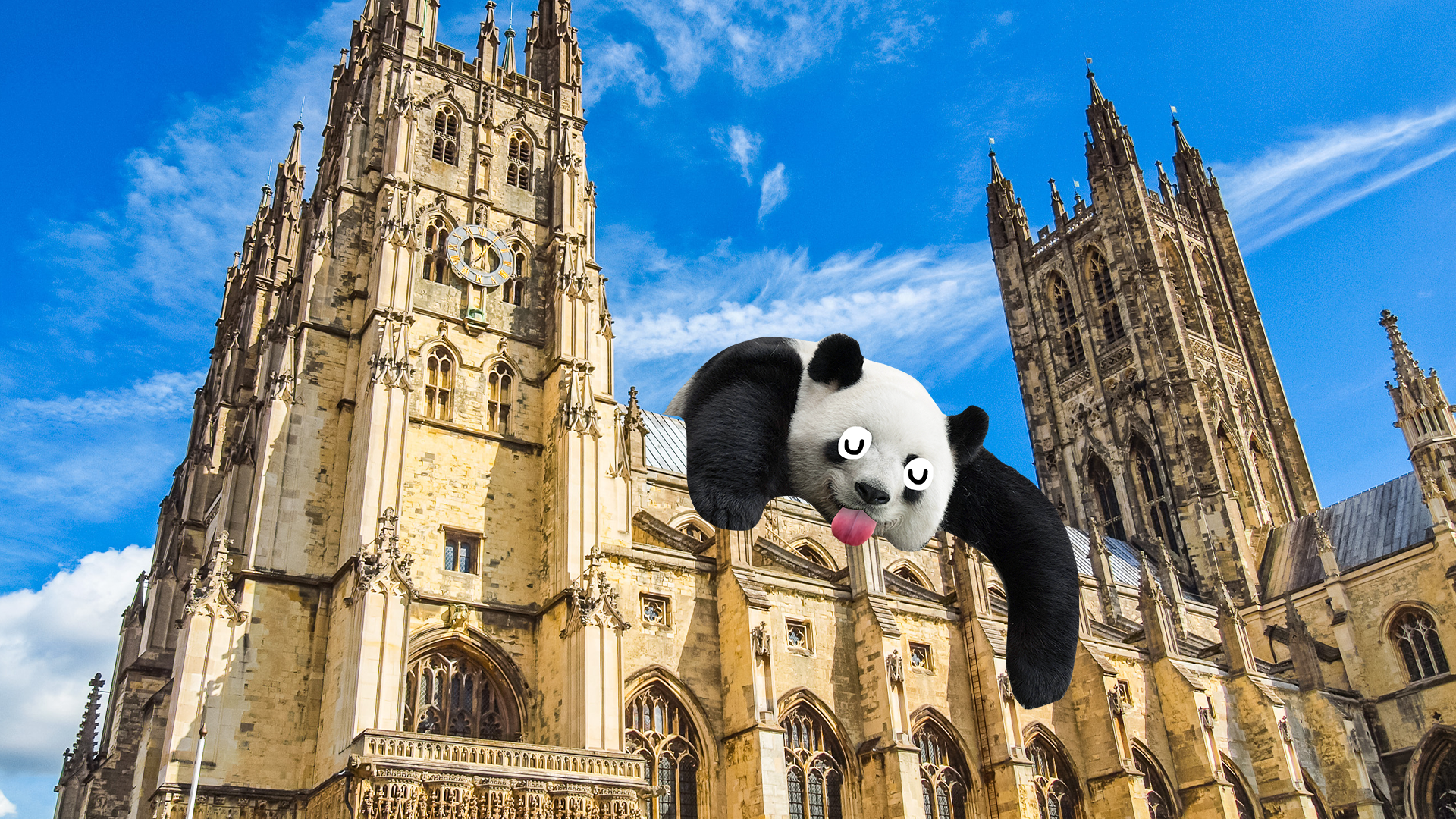
The medieval St Paul's cathedral stood very near to where the fire started, and it was mostly destroyed in the blaze; the wooden beams burnt and the lead roof melted in the heat. St Paul's had been a London landmark for hundreds of years, and to see it destroyed was unimaginable. The King decided that a new St Paul's should be built (with more fire safety), and work began in 1675. The new St Pauls, the one which still stands today, was designed by architect Sir Christopher Wren, and wasn't completed until 1711. Some people weren't so keen on its new, modern style, but it's become one of London's most iconic buildings.
11. Foreigners Were Blamed For the Fire

Everyone was very angry about the fire and unhappy with their homes and possessions being destroyed. They found it hard to believe it had been a simple accident, and wanted someone to blame. In the 17th century, Britain was often at war with other European countries like the Netherlands, and other Europeans like the French and the Spanish (who were Catholic, unlike the Protestant English) were treated with suspicion. The blame for the fire initially fell on a French watchmaker called Robert Hubert.
12. Robert Hubert Was Executed
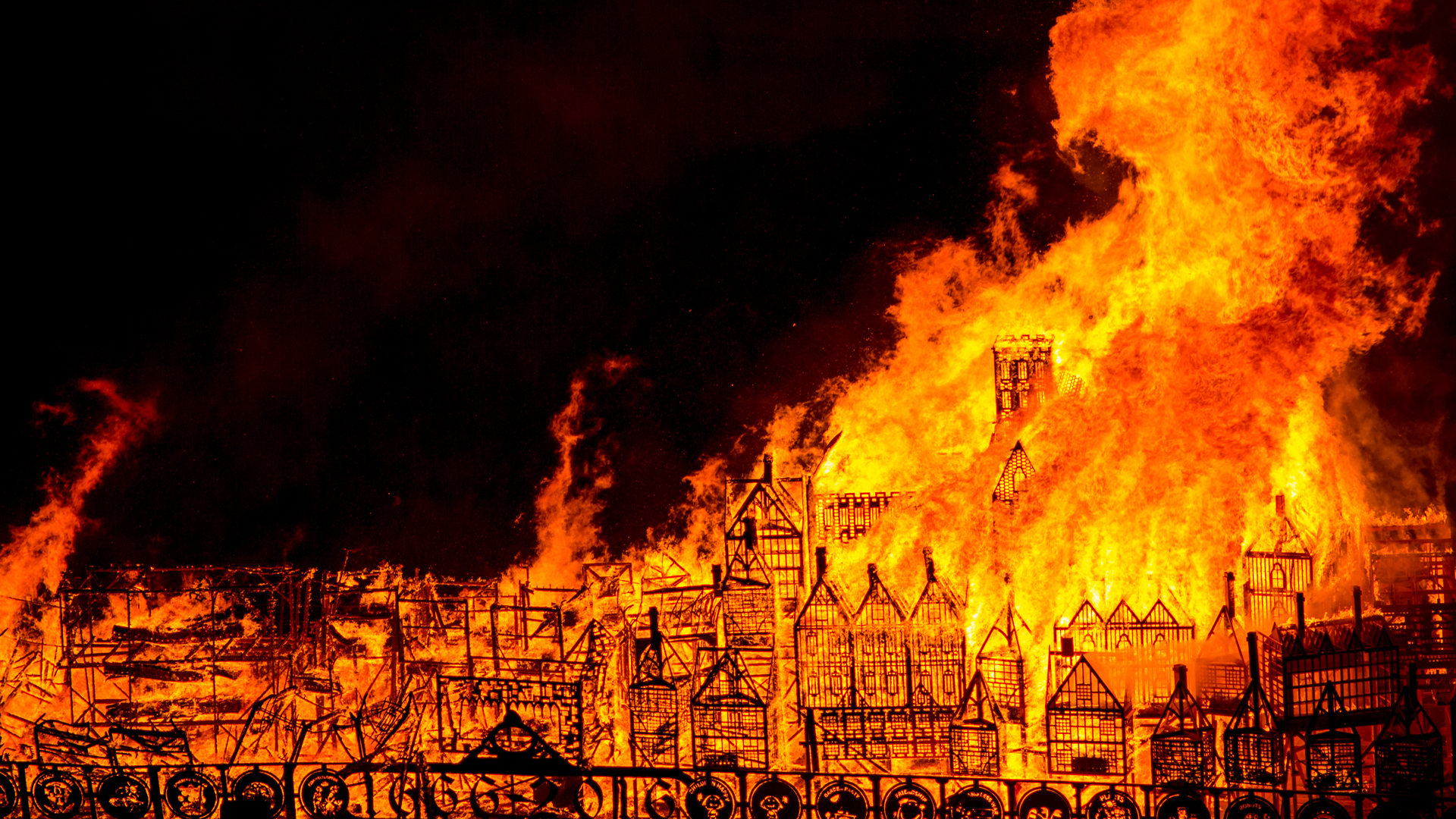
Robert Hubert confessed to starting the fire, although his confession was muddled and confusing -he didn't seem to know where it had started and kept changing his story. In fact, it turned out he wasn't even in London at the time! However, the authorities wanted someone to blame, and were suspicious that Hubert might have been a spy for the Pope (he wasn't). After baker Thomas Farriner signed a declaration believing Hubert to be the culprit, he was executed on the 27th of October, barely a month after the fire. Over the next few years, it was gradually accepted that Hubert did not start the fire, and that it had been an accident after all.
13. Samuel Pepys Wrote All About the Fire

One of the reasons we have such a good account of the Great Fire is that it was witnessed by one of history's most famous diarists, Sir Samuel Pepys. Pepys worked for the Royal Navy and lived in London, and was able to witness the fire at first hand, as well as those escaping from it. Like most Londoners, he was scared his possessions would be destroyed, and so he buried many of them in his garden - including a wheel of Parmesan cheese! While that may seem a bit nuts to us, Parmesan was incredibly expensive back then, so Pepys knew what he was doing!
14. The Fire Forced London to Become Safer
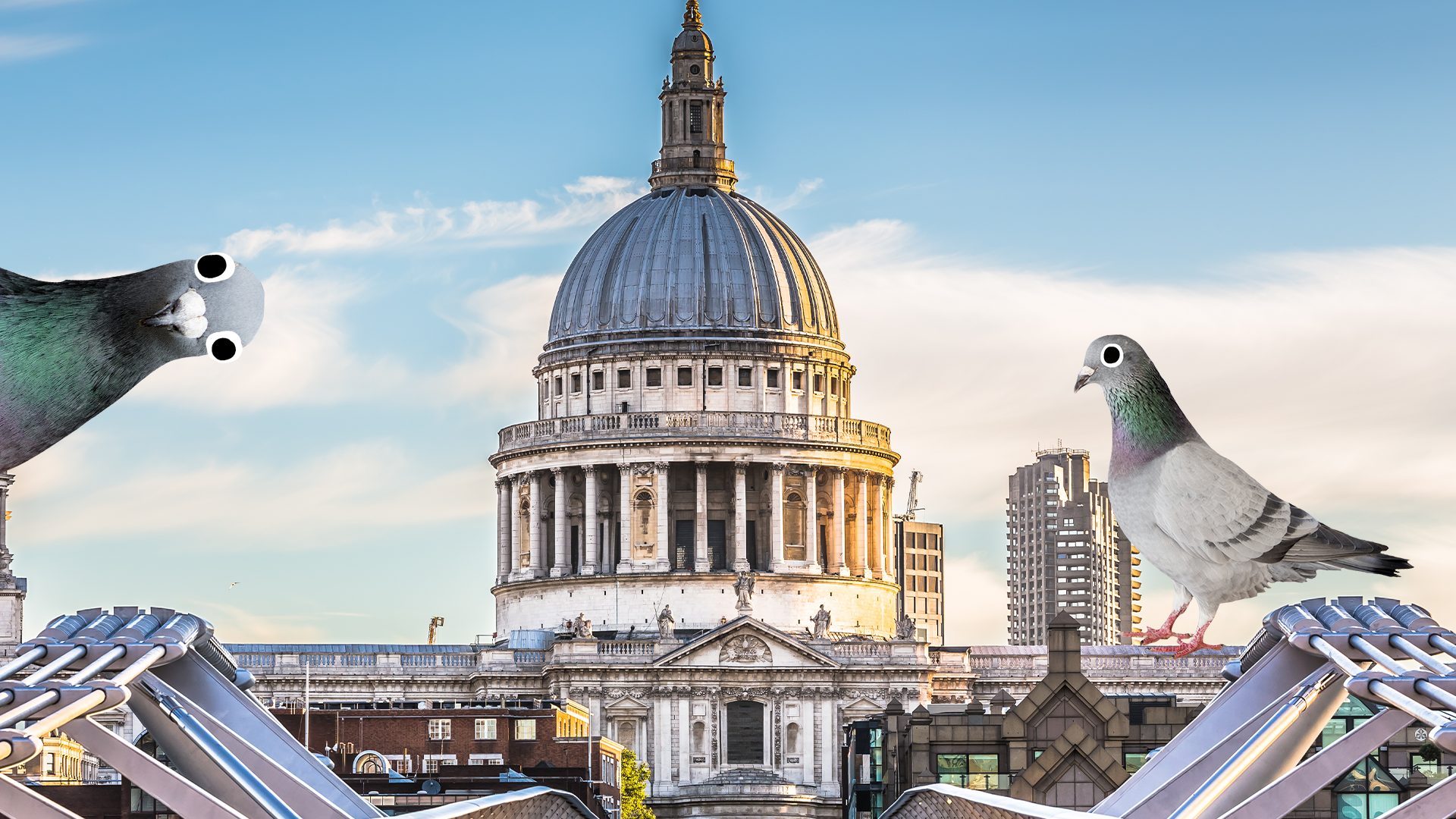
After the fire, Londoners knew they had to rebuild the city in a safer way. Bricks were now used to build houses, instead of wood, and streets were widened to stop fires spreading. New pavements and sewers were added too, making London a much more fashionable and modern city.
15. Remembering the Fire Today
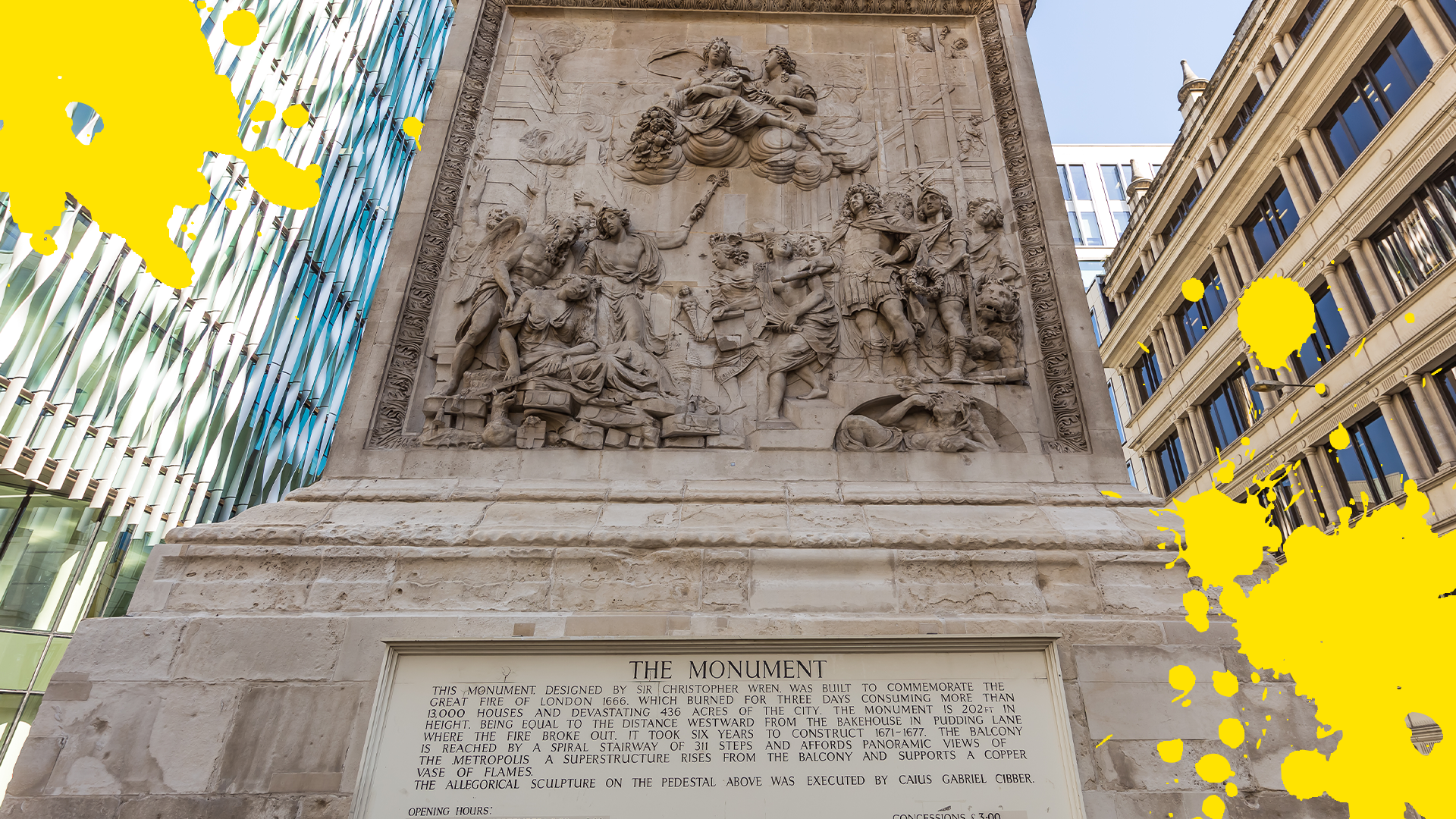
In the years since the fire, memorials and events have sprung up commemorating it and the destruction the fire caused. A monument to the fire (usually just called 'the monument) was designed by Christopher Wren and Dr Robert Hooke in 1677. It's a column 62 metres high, and stands near where the fire started. You can still visit and climb the monument today. In 2016, to mark the 350th anniversary of the fire, a special £2 coin was commissioned which depicted the fire, and a festival called London's Burning was held which included performances, exhibitions and the burning of a scale model of old London on the river Thames.















